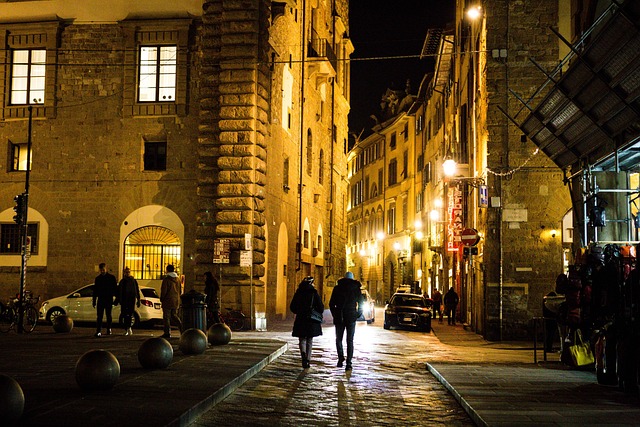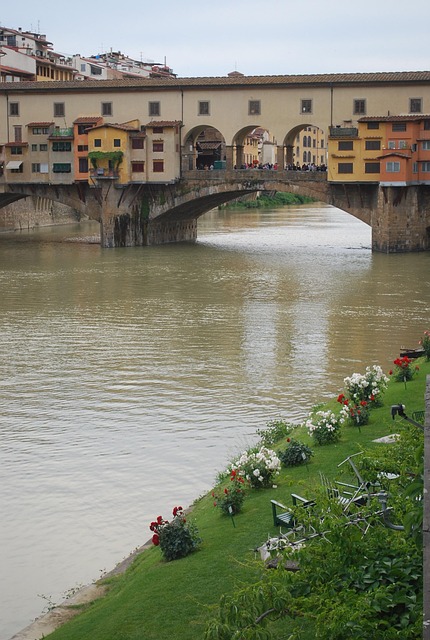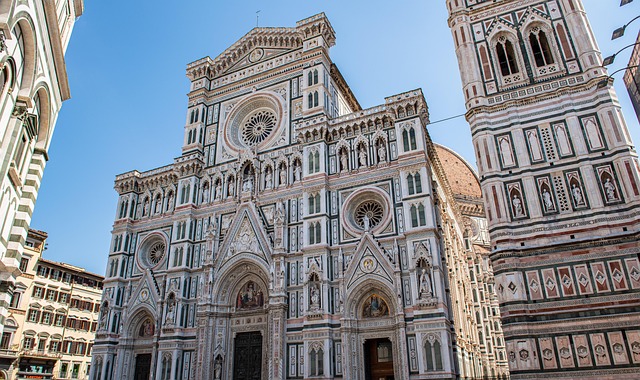Florence, located on the Siuslaw River, has a rich maritime history rooted in its logging industry past. The river's strategic role as a transportation route and lifeline for loggers laid the foundation for the city's development, evolving into a prominent shipbuilding center. Today, Florence celebrates its unique identity, shaped by the Siuslaw River and its connection to the sea, through vibrant cultural traditions and historical landmarks that tell the story of its founding, logging industry heyday, and subsequent maritime growth.
Florence, nestled between the lush forests and the Pacific Ocean, boasts a rich maritime history intertwined with its very foundation. Since its inception, the city has relied on the Siuslaw River as a vital lifeline, facilitating trade and fostering economic growth. From logging to shipbuilding, the industry left an indelible mark on Florence’s landscape and culture. This article explores Florence’s maritime journey, from its founding roots to its historical landmarks, shedding light on the Siuslaw River’s significance and the city’s evolution as a bustling seaport.
- Florence's Founding and its Early Relationship with the Sea
- The Siuslaw River: A Lifeline for the City and Its Maritime Activities
- From Logging to Shipbuilding: An Industry That Shaped Florence
- Cultural Evolution and Historical Landmarks: Florence's Maritime Legacy
Florence's Founding and its Early Relationship with the Sea

Florence, nestled on the banks of the Siuslaw River, has a maritime history that is deeply intertwined with its founding and cultural evolution. The city’s origins can be traced back to early settlers who recognized the river’s strategic significance as a transportation route and a vital lifeline for the region’s thriving logging industry. Over time, Florence’s relationship with the sea became more than just practical; it became a defining aspect of its identity.
The Siuslaw River, known for its swift currents and rich resources, played a pivotal role in shaping Florence’s historical landmarks and cultural landscape. As the city grew, so did its dependence on maritime trade, with ships navigating the river to carry goods and people. This early connection to the sea set the stage for Florence’s maritime prowess, influencing its architectural designs and fostering a community that embraced the water as an integral part of their way of life.
The Siuslaw River: A Lifeline for the City and Its Maritime Activities

The Siuslaw River, a vital waterway that flows through the heart of Florence, has played a significant role in shaping the city’s maritime history and cultural evolution since its founding. This river, known for its consistent current and deep waters, served as a lifeline for early settlers, enabling them to transport goods, particularly timber from the flourishing logging industry, facilitating trade, and fostering economic growth. The river’s significance extended beyond commerce; it became an integral part of Florence’s identity, reflecting its maritime heritage and rich history.
Over time, the Siuslaw River has left its mark on the city’s landscape, with numerous historical landmarks dotting its banks, each telling a story of Florence’s past. From the bustling port activities to the peaceful riverfront walks, the river continues to be a central component in the city’s cultural tapestry. Its role in shaping Florence’s maritime history is indelible, and today, it remains a testament to the city’s deep-rooted connection with the sea and its rich founding history.
From Logging to Shipbuilding: An Industry That Shaped Florence

Florence, nestled along the banks of the Siuslaw River, boasts a maritime history as rich as its cultural evolution. From its humble beginnings as a logging hub, the city’s strong connection to the river and sea transformed it into a bustling shipbuilding center. The Siuslaw River, a significant conduit for trade and transportation, played a pivotal role in Florence’s founding history, drawing pioneers and entrepreneurs alike. As the logging industry boomed, so did the need for robust vessels to transport timber and goods, fueling the city’s maritime spirit.
This transition from logging to shipbuilding marked a pivotal moment in Florence’s historical landmarks. Skilled craftsmen and innovative builders emerged, shaping the city’s identity with their masterful creations. The Maritime heritage left behind is a testament to Florence’s resilience and adaptability, where the once-vibrant logging industry evolved into a diverse maritime hub, contributing significantly to the region’s economic landscape and cultural tapestry.
Cultural Evolution and Historical Landmarks: Florence's Maritime Legacy

Florence, nestled along the banks of the Siuslaw River, boasts a rich maritime history deeply intertwined with its founding and cultural evolution. Since its early days, the city has been shaped by the river’s navigation potential, serving as a vital artery for trade and transportation. The Siuslaw River’s significance extended beyond local commerce; it became a gateway to the Pacific Ocean, fostering Florence’s maritime prowess. This connection led to the development of a bustling logging industry that once thrived in the region, contributing significantly to the city’s economic growth.
As Florence evolved culturally, its maritime legacy left indelible marks on the city’s historical landmarks. The riverfront became a hub for vibrant community gatherings and celebrations, reflecting the strong bond between the locals and the sea. Today, exploring Florence’s past along the Siuslaw River offers visitors a glimpse into the city’s resilience and adaptability, where the maritime spirit continues to resonate through its architectural marvels and storytelling traditions.
